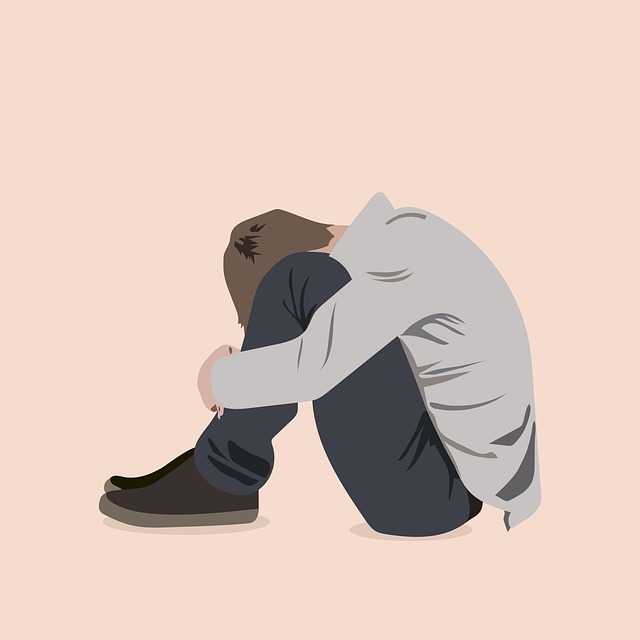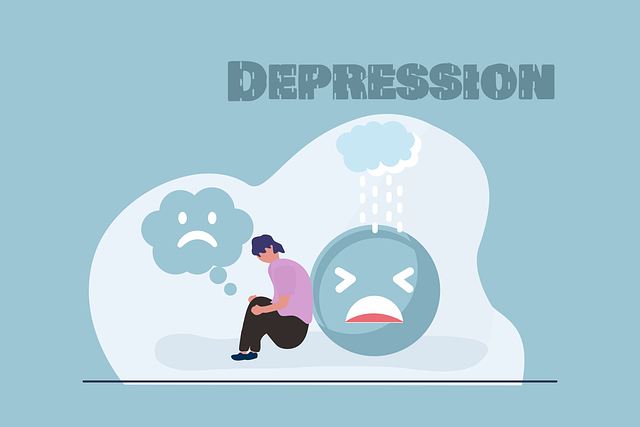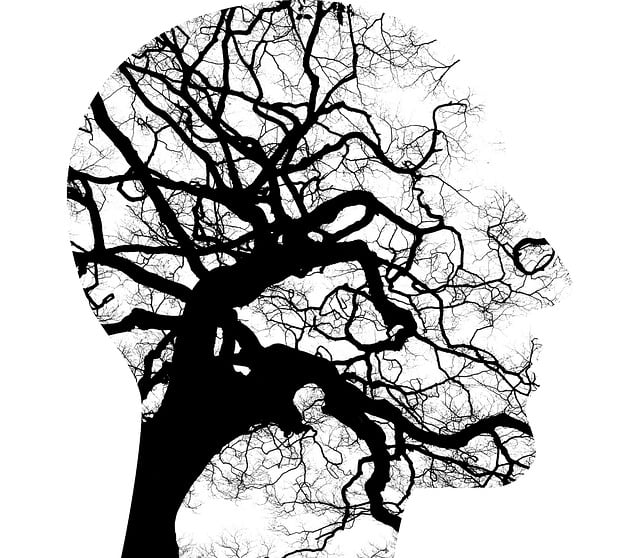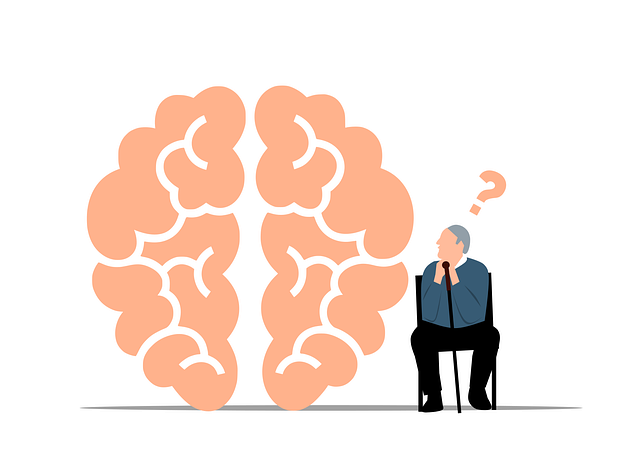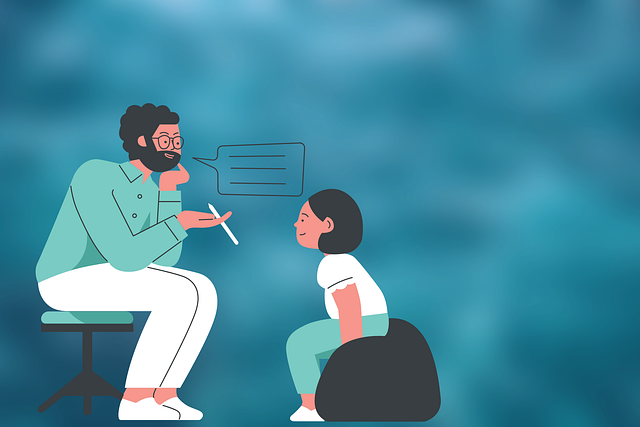Mental wellness group facilitation using Lafayette Dialectical Behavioral Therapy (DBT) techniques creates safe, supportive environments for individuals to build emotional resilience, enhance coping mechanisms, and form meaningful connections. This approach, developed by Dr. Marsha Linehan, combines cognitive-behavioral therapy with mindfulness and acceptance strategies, primarily aiding those with borderline personality disorder (BPD). Through structured activities like active listening, reflective statements, conflict resolution, and mental wellness journaling, these groups promote open communication, emotional safety, and overall mental well-being.
Mental wellness group facilitation plays a pivotal role in fostering community and healing. This article explores effective techniques, drawing from the evidence-based approach of Lafayette Dialectical Behavioral Therapy (LDBT). We’ll delve into strategies for creating safe, supportive environments that encourage open dialogue and growth. By understanding key facilitation methods, professionals can enhance group dynamics, promoting mental wellness and skill development among participants.
- Understanding Mental Wellness Group Facilitation
- Lafayette Dialectical Behavioral Therapy (LDBT) Overview
- Key Techniques for Effective Group Facilitation
- Creating a Safe and Supportive Environment in Groups
Understanding Mental Wellness Group Facilitation

Mental wellness group facilitation is a specialized skill that plays a pivotal role in supportive and therapeutic environments. It involves skillfully guiding individuals through shared experiences, fostering open communication, and creating a safe space for emotional expression. Understanding this process requires delving into its core principles, especially when tailored to specific populations like those seeking Lafayette Dialectical Behavioral Therapy (DBT) or Trauma Support Services.
Effective group facilitation goes beyond mere conversation; it empowers participants to build resilience, enhance coping mechanisms, and develop meaningful connections. In the context of healthcare, where Burnout Prevention Strategies for Healthcare Providers are essential, group therapy can serve as a powerful tool. By facilitating these groups, professionals not only support colleagues struggling with burnout but also contribute to a culture that prioritizes mental wellness, ultimately improving patient care and job satisfaction.
Lafayette Dialectical Behavioral Therapy (LDBT) Overview

Lafayette Dialectical Behavioral Therapy (LDBT) is a highly effective form of treatment that combines standard cognitive-behavioral therapy with elements of mindfulness and acceptance. This approach, developed by Dr. Marsha Linehan, targets individuals struggling with emotional dysregulation, often seen in those diagnosed with borderline personality disorder (BPD). LDBT focuses on teaching skills to help people manage intense emotions, improve interpersonal effectiveness, and enhance overall quality of life.
The therapy emphasizes the importance of empathy building strategies within a dialectical framework, encouraging individuals to accept their experiences while also working towards positive change. By fostering cultural sensitivity in mental healthcare practice, LDBT ensures that treatment is tailored to meet the unique needs of each individual, promoting better outcomes and increased satisfaction. This approach has been adapted and proven successful for various populations, making it a versatile tool in facilitating mental wellness.
Key Techniques for Effective Group Facilitation

Effective group facilitation involves a blend of skilled communication strategies and structured activities designed to foster a safe, supportive environment. Key techniques include active listening, reflective statements, and open-ended questions that encourage members to express their thoughts and emotions honestly. These methods, inspired by Lafayette Dialectical Behavioral Therapy (DBT), promote mindfulness, emotional regulation, and distress tolerance skills crucial for mental wellness.
Additionally, incorporating conflict resolution techniques allows groups to navigate disagreements constructively. This can include teaching de-escalation strategies, promoting empathy, and encouraging members to find common ground. A notable exercise is Mental Wellness Journaling, where individuals reflect on their experiences, emotions, and goals in a structured format. Such practices enhance self-awareness, build resilience, and create a supportive community focused on collective healing and growth.
Creating a Safe and Supportive Environment in Groups

In facilitating mental wellness groups, creating a safe and supportive environment is paramount for fostering open communication and encouraging members to share their experiences. Techniques inspired by Lafayette Dialectical Behavioral Therapy (DBT) play a crucial role in achieving this. Facilitators should adopt a non-judgmental attitude, actively listening to each participant’s perspective without offering immediate solutions. This approach helps build trust and allows individuals to express their thoughts and feelings freely.
By adhering to Mind Over Matter principles, group facilitators can guide members towards positive thinking and resilience. They can do this by normalizing diverse emotional experiences and promoting empathy among peers. Mental illness stigma reduction efforts are also integral to the process, as fostering an inclusive atmosphere helps individuals feel understood and valued. Such a supportive setting is essential for participants’ mental wellness and growth, enabling them to navigate their challenges with enhanced coping mechanisms.
Mental wellness group facilitation plays a pivotal role in enhancing individuals’ well-being, especially through techniques like those employed by Lafayette Dialectical Behavioral Therapy (LDBT). By fostering safe and supportive environments, facilitators can encourage open communication, teach valuable skills, and promote positive changes. This article has explored essential aspects of group facilitation, from understanding the foundation to implementing key techniques. By adopting these practices, mental health professionals can effectively guide groups towards a healthier, more resilient future.


